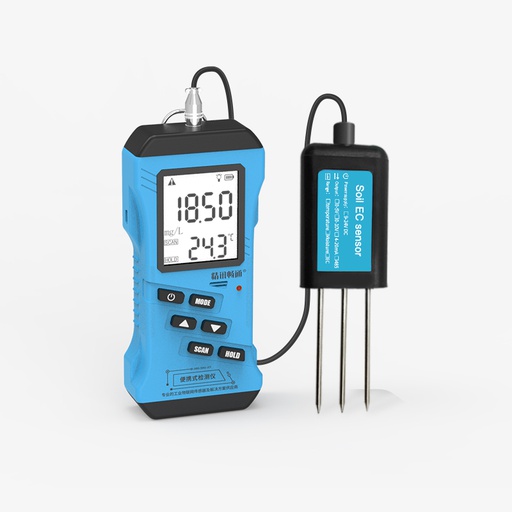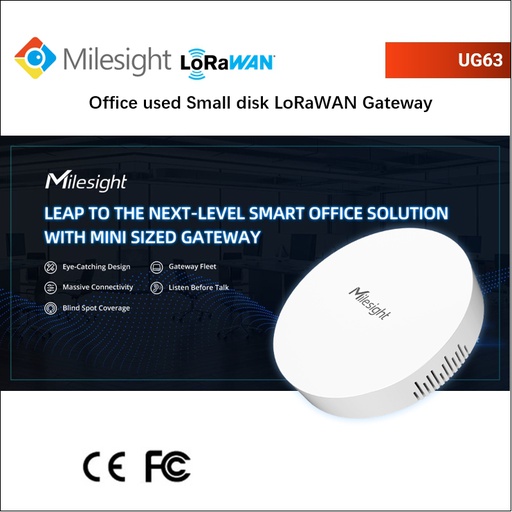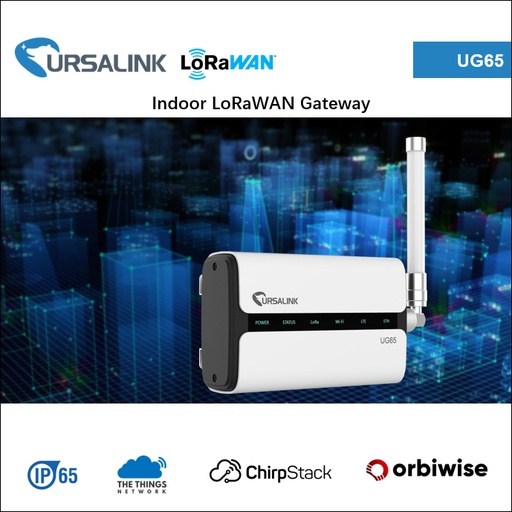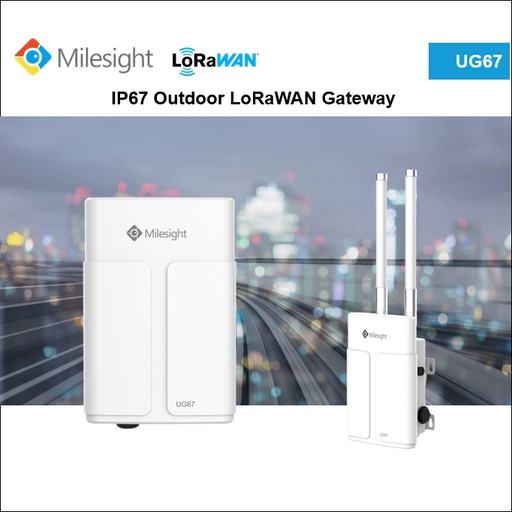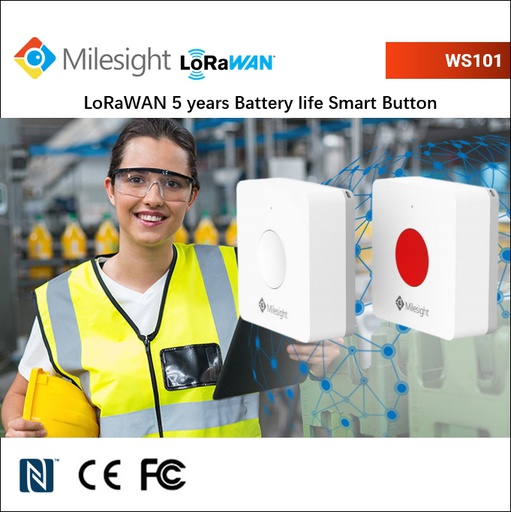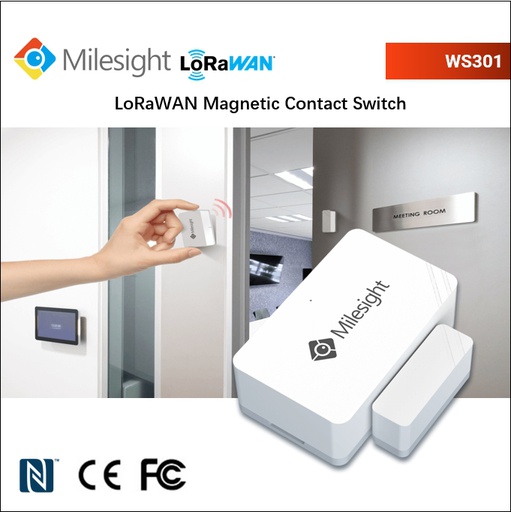The IoT infrastructure of smart cities has received large-scale support. By adopting the Internet of Things technology, smart cities are making fatal upgrades to existing infrastructure and enhancing the capabilities of Internet of Things devices. In order to realize this kind of smart infrastructure, cities are looking for the most reasonable choice-and low-power domain (LPWA) networks think it is their choice. One connection technology is LoRa Smart City and LoRaWAN Smart City. What is LoRa Smart City? Why do we think it is the best choice for smart city and smart city smart building applications?
What is LoRa Smart City Technology?
LoRa and LoRaWAN are non-cellular LPWAN wireless communication protocols. LoRa is the radio layer that realizes long-distance communication. LoRaWAN is the communication and system architecture of the Internet of Things network. Ra and LoRaWAN technologies are the best choice for connecting cities because of its signal range and power requirements. According to the actual situation, the signal call is 10 to 15 minutes shorter.
LPWA market research and market reports show that by 2022, LPWA's revenue from equipment and related services will reach 56 billion U.S. dollars.
At the same time, the LoRaWAN ecosystem includes various sensor, chip and equipment manufacturers, base station and server suppliers, and other services. They are all concentrated in the LoRa Alliance, one of the key technology associations for global growth. The LoRa Alliance is commissioned to promote the global LPWAN connectivity and IoT ecosystem.
The LoRaWAN and LoRa communication protocols transport the challenges of IoT development in commercial and industrial environments. These LPWAN protocols are highly energy-efficient and provide a cost-effective way to implement the Internet of Things backbone of smart city software solutions. No wonder LoRaWAN is one of the most widely adopted LPWAN protocols, with 600 known instances and 97 million devices connected to (and increasing) networks in 100 countries.
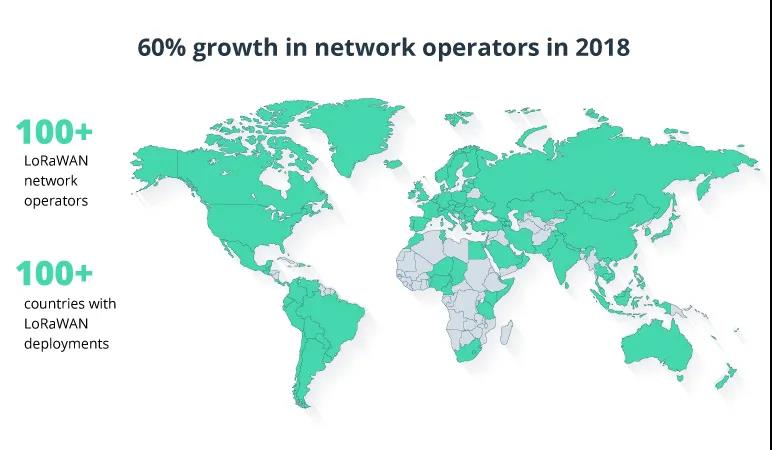
The potential of LoRa Smart City and LoRaWAN Smart City
The digitalization of cities is costly, but inevitable. Multiple stakeholders in the connected city model have been interested in making cities not only connected, but also economically attractive and eco-friendly. Smart city LoRa technology has many benefits, making it an integral part of a digital strategy. So what benefits can it bring?
Ultra-low energy consumption. Compared with other data transmission protocols, LoRaWAN Smart City consumes less power and ensures the battery life of the device.
Coverage. The wider the coverage, the better and cheaper the IoT infrastructure. With LoRaWAN, its range is close to 5 kilometers in urban settings and 15 kilometers in the suburbs.
Cost efficiency. It is relatively easy to deploy LoRaWAN smart city architecture in IoT infrastructure. Deploying on frequencies that do not require licenses and low-cost base stations makes LoRaWAN applications economically feasible. In addition, the cost of LoRaWAN IoT devices is lower, which can run on a battery for several years, and reduces the cost of on-site visits for equipment maintenance.
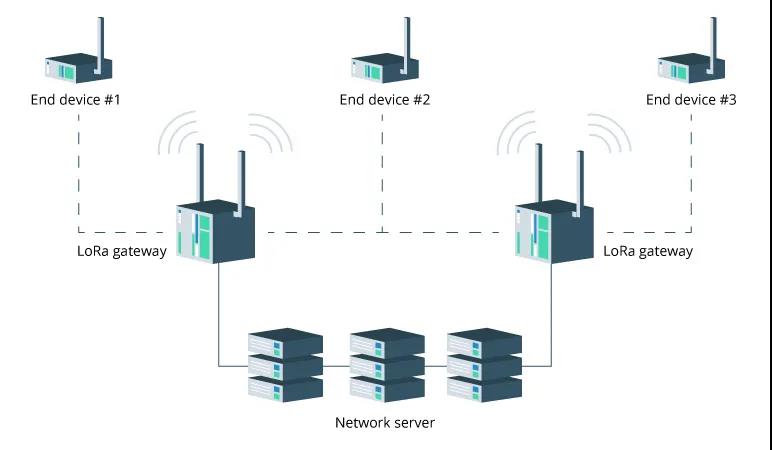
Open source. As an open source agreement, LoRa covers all community best practices. LoRa Alliance members do their best to promote LoRa-driven IoT initiatives.
Two-way communication. IoT network units (such as sensors) that support LoRa can send and receive data at the same time. Send data to the network and receive information in return, and LoRa devices can even send status information to remote locations.
GPS-free localization. When a device sends a signal to at least three gateways, LoRaWAN applications can use GPS-like triangulation techniques to calculate the approximate origin of the signal, but it is more energy and cost-effective.
Good penetration and low path loss. Laura radio waves can pass through obstacles to reach indoor sensors, such as those placed in elevators, basements, or underground garages.
LoRa Smart City Transmission and Penetration Solution
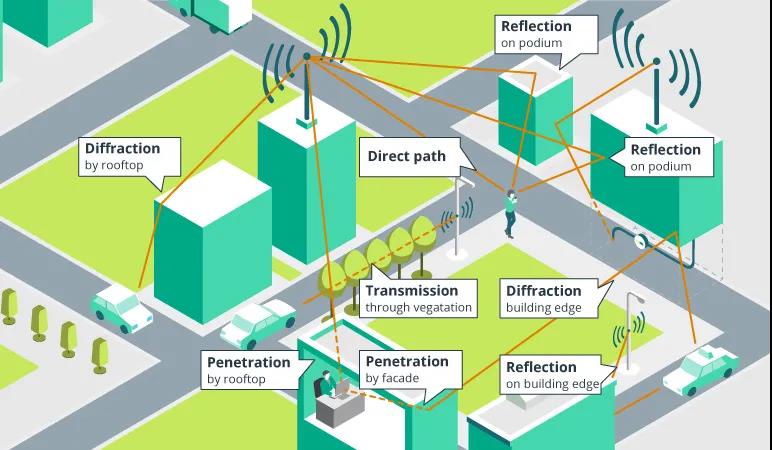
LoRaWAN Smart City can guarantee the connectivity required by IoT infrastructure while keeping the network and its management as simple as possible. In the connection of smart cities, this means smooth operation over long distances where low capacity is required. Smart cities include many such areas. Intelligent transportation and waste management, artificial intelligence in urban mobility, energy consumption tracking, environmental metering, parking and lighting monitoring, fire detection systems and alarms-all these are the pillars of the smart city concept. None of them require a lot of data. Small sensor data packets can be used for alarming, triggering and monitoring of cloud transportation planning software. For LoRaWAN, this sounds like a perfect task. It saves power but is very slow to send large files.
LoRaWAN applications in smart cities

Use LoRaWAN to build a technology ecosystem
Calgary is Canada's technological treasure, and it uses the LoRaWAN network as the backbone of its large-scale IoT system. The LoRaWAN wireless signal covers a large area, including the busy downtown and most of the city facilities in remote areas of Calgary. The network can now be used for real-time monitoring and management of air quality, soil conditions and irrigation. The installed water level sensors have helped the authorities predict and prepare for potential flooding, which is an urgent problem in the area.
Smart buildings are a broad field for optimization and opening of LoRaWAN
Building and facility automation includes all key systems of the building, such as lighting, climate control, fire alarm, safety, etc. We have learned that LoRa can allow sensors to operate for years without a constant power supply. This is especially convenient for those in remote areas. Companies can build infrastructure and focus their energy and investment on business-critical tasks instead of focusing on regular maintenance of expensive sensors. LoRa does not require high-level technicians to install or maintain.
LoRa provides building owners and enterprises with the ability to reduce operating expenses. Reducing energy costs, improving tenant satisfaction, and increasing property value can help companies and building owners generate new sources of income. Most importantly, thousands of sensors in facilities such as factories will double the return on investment.
Smart building applications featuring smart city LoRa technology: what can companies do with them?
• Energy management. LoRaWAN brings together all energy-related systems for intelligent building management: lighting, heating, cooling, and fire safety. The LoRaWAN communication protocol effectively connects them to help control and reduce power consumption.
• Water leak detection. In smart buildings, LoRaWAN is an integral part of smart water supply infrastructure. The LoRaWAN system includes sensor, gateway and water meter functions, which can greatly reduce operating costs related to water leakage and prevent serious damage to buildings.
• The safety of smart buildings. Offices, factories, administrative agencies, and all other forms of smart buildings need to be protected from fires, natural disasters, and unauthorized entry. Using LoRaWAN, windows, doors, fire alarms, motion detection sensors and emergency buttons can be organized into a security alarm system.
• Building safety inspection. Even in remote areas, buildings can install various lora-based sensors on walls, roofs or foundations. In this way, building owners or inspectors can control the deformation, temperature, humidity, and other chemical, mechanical, and physical parameters of the building.
• Optimization of work space. The data collected through lora-enabled devices helps to optimize the office space. The office environment can be reshaped according to the flow of people, geographic location, and real-time space availability. This helps to increase employee satisfaction, at the same time improve the safety of the work area, and rational use of office resources.
LoRaWAN application-LoRaWAN system helps shopping malls reduce operating costs
The BTC city of Ljubljana, located in the capital of Slovenia, is a business, shopping, entertainment and entertainment center of 475,000 square meters with more than 50 infrastructures. Given its size, Bitcoin City is a great pilot building, an integrated energy and water consumption system based on LoRa. In the BTC city of Ljubljana, LoRaWAN sensors and smart meters collect and send consumption data on electricity, heat, natural gas, and water. Next, the data of all facilities are sent to the software processing platform. The platform processes and analyzes data, and automatically generates reports. In this way, managers can obtain detailed information on energy use so that they can be effectively controlled and managed. Finally, BTC management reduced energy loss caused by water leakage by 6%, reduced overall energy consumption by 5%, and reduced water leakage by 90%.
In order to cover a wide area of the mall, only two LoRaWAN gateways are used instead of dozens of Wi-Fi access points. In less than a week, BTC City deployed a dedicated LoRaWAN network.
Other
LoRa technology is one of the latest and most discussed IoT innovations in smart city connectivity. The LoRa and LoRaWAN protocols stand out among the various IoT connection protocols that can be used to accelerate the digital transformation of the public sector. Around the world, they are considered to be the perfect connection technology for various use cases related to smart buildings, traffic and waste management, environmental metering, and parking monitoring.

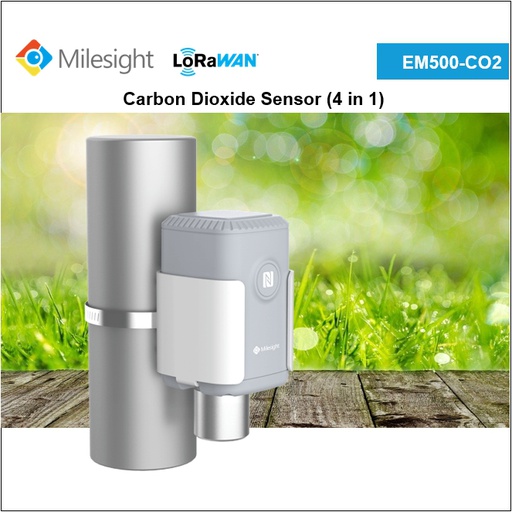
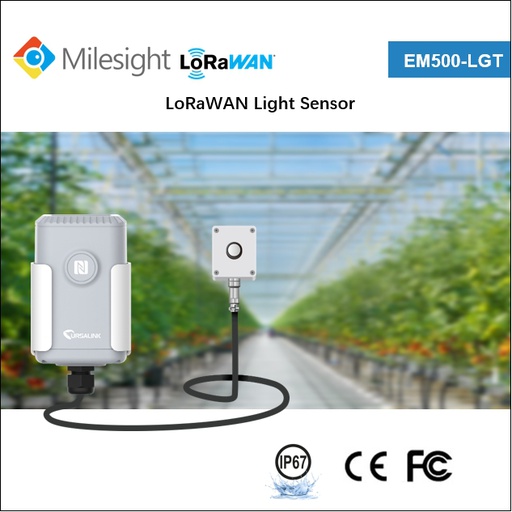
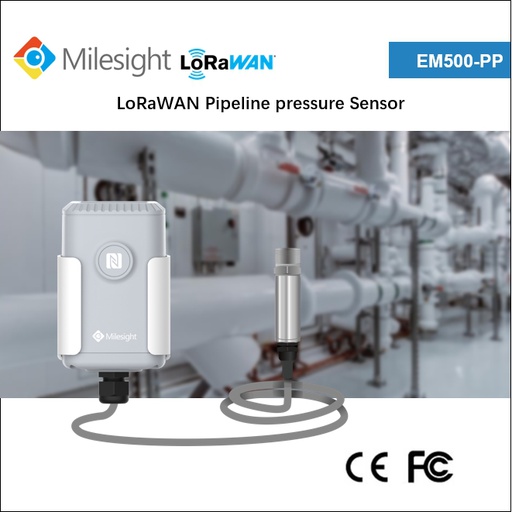
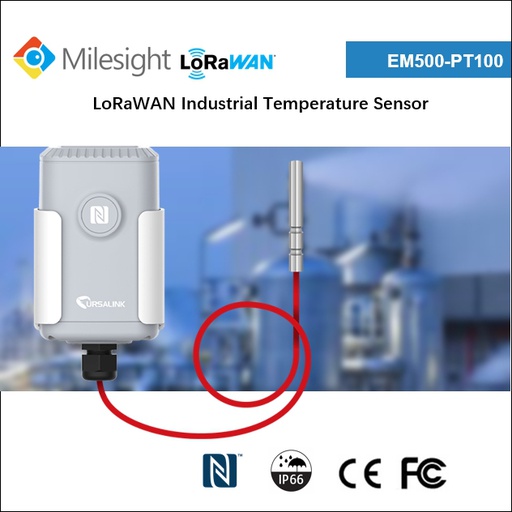

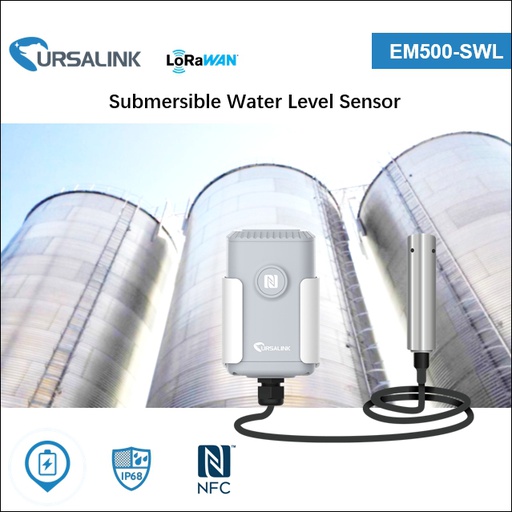


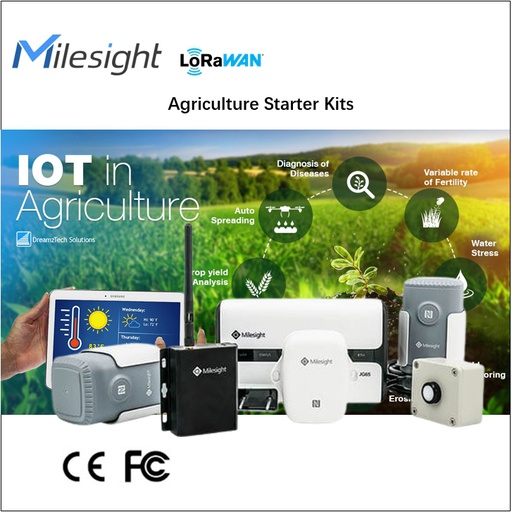
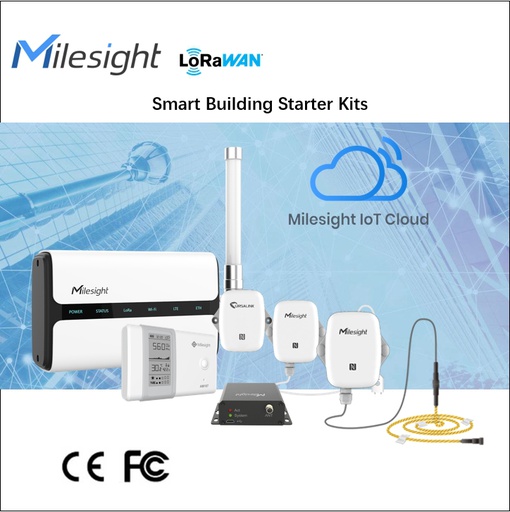
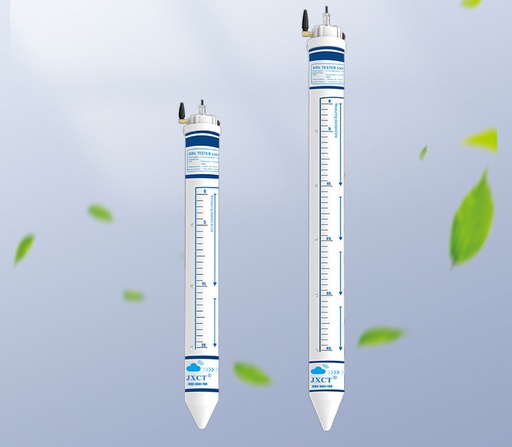
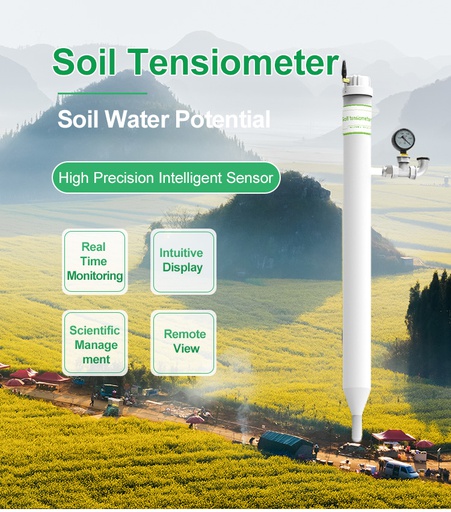
![[ARCHIVE] Speed Soil Measuring instrument](/web/image/product.template/49686/image_512/%5BARCHIVE%5D%20Speed%20Soil%20Measuring%20instrument?unique=539c3a4)
